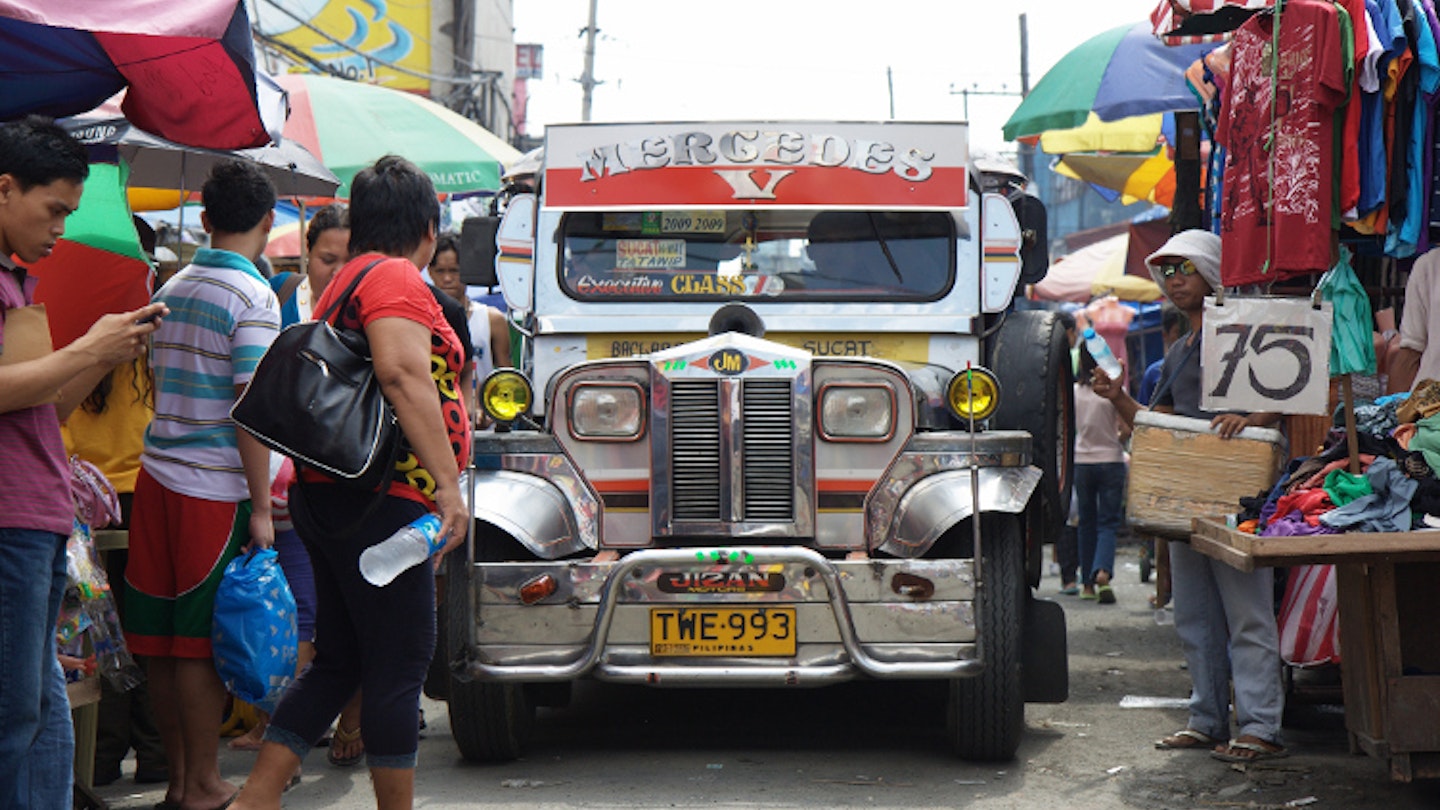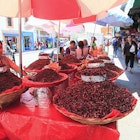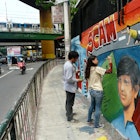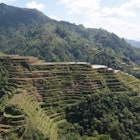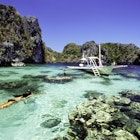Despite being one of Southeast Asia's best capital cities for sightseeing and culture, Manila continues to (unfairly) get a bad rap. Crime, pollution, poverty, corruption, overpopulation and horrendous traffic jams are all typically associated with the city, but this paints an unbalanced picture. Sure, it’s not without its faults, but with a booming economy and buzz generated by a hip new wave of restaurants, nightlife and galleries, Manila has renewed vitality and self-confidence. Here are just 10 good reasons to give it a chance – you'll discover it's one of Asia's absolute gems.
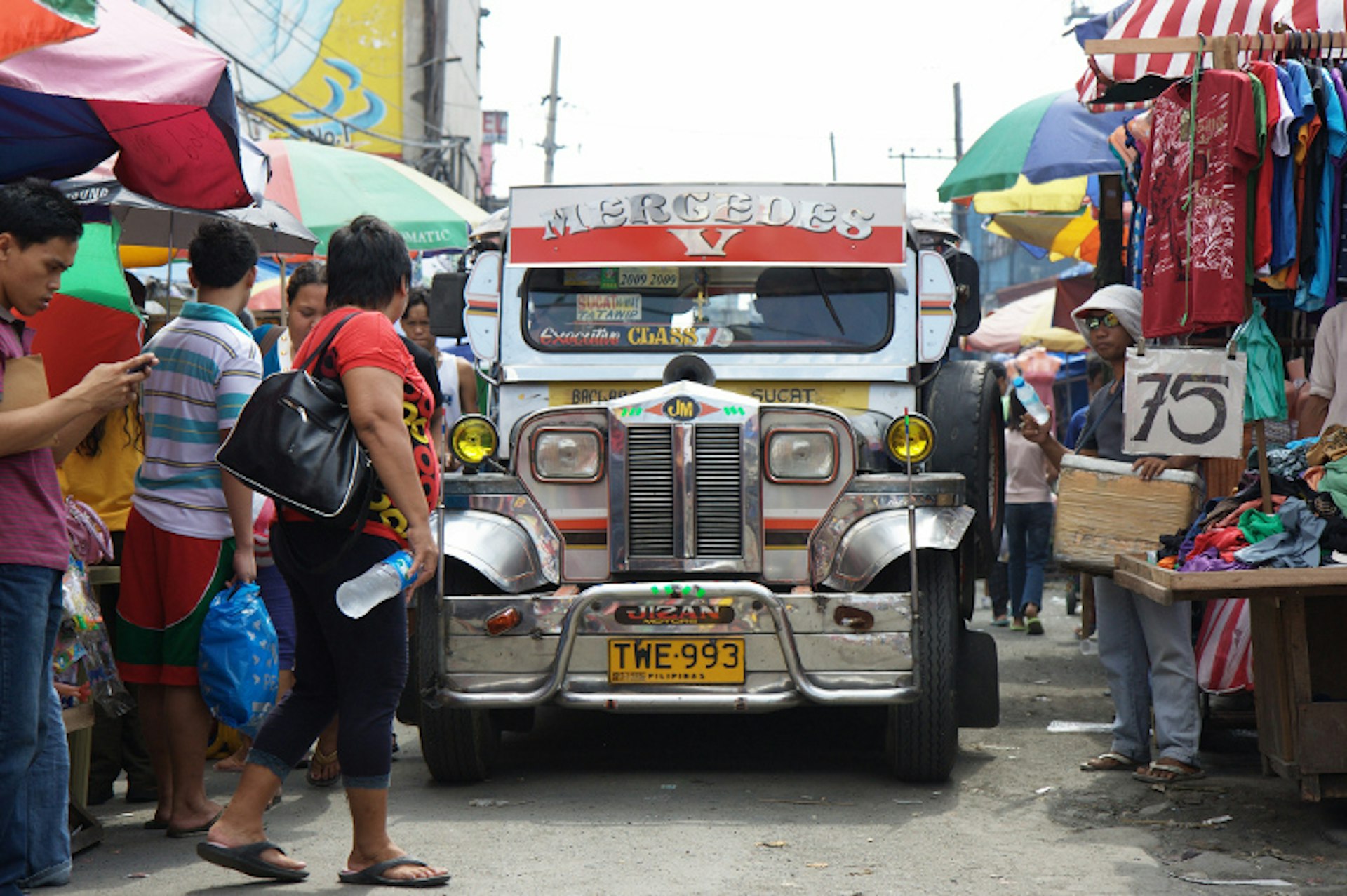
Spanish heritage in Intramuros
As Asia’s only former Spanish colony, the Philippines offers an intriguing point of difference to its neighbouring countries. Intramuros is the nucleus of Spanish life in Manila and the best place to soak up this history. After having been destroyed during WWII, this walled city has been faithfully restored and provides a great escape from Manila’s chaos. Here you can enjoy the laidback atmosphere and stroll leafy residential streets that are lined with colonial architecture.
Intramuros’ centrepiece is Fort Santiago – a citadel used by Spanish and American military, with its arched gateways, barracks and cell blocks offset by a sanctuary of gardens, fountains and plazas. Other highlights in Intramuros include San Agustin Church (the only building left intact following the Battle of Manila in WWII) and Casa Manila, a lavish reproduction of a colonial Spanish house that was a project of Imelda Marcos.
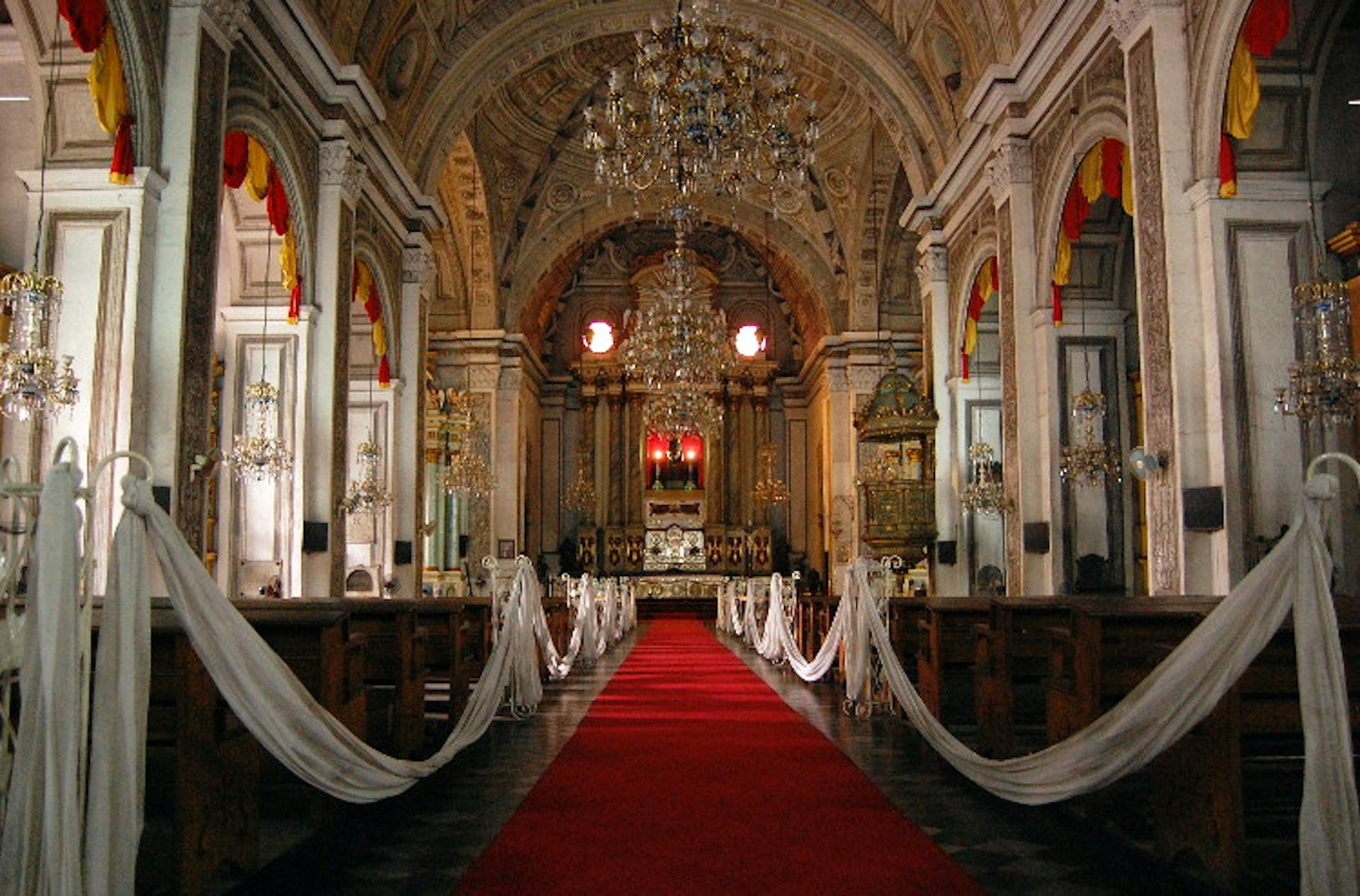
World-class museums
Manila has a number of must-visit museums covering a range of themes. For wonderful pre-Hispanic artefacts, head to the National Museum of the Filipino People, located within an imposing neoclassical building and showing exquisite pieces from across the Philippines. Nearby in Intramuros is the Rizal Shrine museum, which highlights the extraordinary life of national hero Dr José Rizal – from his last days before being executed for standing up against the Spanish, to documenting his genius as a modern-day Renaissance man.
A more offbeat attraction is Imelda Marcos’ infamous shoe collection at the Marikina Shoe Museum, where some 800 pairs of her shoes are displayed. Or check out the ultra-modern Ayala Museum, with four floors showcasing a superb collection of gleaming pre-Hispanic gold artefacts, quality art shows, and impressive dioramas detailing the country’s history.
Walking and cycling tours
A great way to get some locals insights is to join a Manila walking tour. Most well known is Walk This Way (http://celdrantours.blogspot.co.uk), run by local identity Carlos Celdran. These theatrical tours tell it like it is, mixing in history, comedy and a healthy dose of cynicism while exploring Intramuros. Another stalwart on Manila’s walking-tour scene is Ivan Man Dy, who runs Old Manila Walks (oldmanilawalks.com), known for his foodie tours of Chinatown – these are worth loosening your belt for. For something different, jump on a bamboo bike designed by local entrepreneur Bryan McClelland, who’ll take you to less visited parts of Intramuros with his Bambike tours (http://bambike.com).

Art galleries
Art lovers will adore Manila's beautiful galleries, which exhibit everything from Filipino masters to modern art. The National Gallery of Art is the best place for classic 19th-century Filipino painters (most notably Juan Luna and Fernando Amorsolo), while the fantastic Metropolitan Museum of Manila is the place to go for contemporary works. Across the road from here is the Cultural Center of the Philippines (established by Imelda Marcos), home to several modern art galleries; while Vargas Museum and Yuchengco Museum also have stellar permanent collections and quarterly shows.
Chinatown and unusual cemeteries
Reputedly home to the oldest Chinatown in the world, Binondo district is a great place to soak up an ‘old Manila’ atmosphere with a twist. Streets are decorated with Chinese lanterns and lined with shops selling moon cakes, Chinese medicine, Buddhist paraphernalia and, of course, delicious Hokkien food.
North of Binondo is the Chinese Cemetery, one of Manila’s most intriguing sights. Experience the eeriness of ghost-town-like streets lined with luxury tombs, many complete with running water and air-conditioning! If that’s not surreal enough for you, visit the attached North Cemetery, home to a community of several thousand residents who've remarkably set up houses and shops among the tombs.

Food
While Filipino cuisine hasn’t exactly taken the world by storm, there are plenty of places in Manila to eat extremely well. For both quality and atmosphere, try one of the restaurants that have opened within historic Spanish colonial houses, such as Purple Yam (an offshoot from the original Brooklyn, NY restaurant), which does modern Filipino degustation menus. Or try the specialty old-world Manila dishes at La Cocina de Tita Moning. The new Blackbird restaurant by acclaimed Scottish chef Colin McKay is another worthwhile splurge, opening in an art deco former airport control tower.
Nightlife
Yet another reason not to skip Manila is its pumping nightlife. There’s plenty going on here with fancy rooftop cocktail bars, speakeasy bars and laid-back pubs, as well as a great clubbing and live music scene. See why Manila is fast becoming one of Asia's coolest cities for more on the city's nightlife scene.
Heritage hotels and budget boutique
For those who like their digs with a bit of character and style, Manila's acommodation ticks the boxes. The city’s most iconic luxury hotel is the Manila Hotel, originally built in 1909 and famous not only for being where General MacArthur lived during the war, but also where everyone from the Beatles to JFK has stayed. Nearby is the newly reopened Luneta Hotel, built in 1918 French Renaissance style; while art deco buffs will not want to miss out on Miramar Hotel, a 1930s masterpiece.
Manila hostels too are good quality. Boutique hostels Red Carabao and Pink Manila (http://pinkmanilahotel.com/) both have rooftop hangouts and draw a crowd of young travellers up for a party.

Architecture
Though the city was flattened during WWII, a few architectural beauties remain standing. Escolta St near Chinatown was Manila’s ritziest strip prior to the war, and today there are still examples of art deco, Beaux Arts and neoclassical architecture; the Escolta Museum has good information on its past, plus architectural models.
The National Museum of the Filipino People, Metropolitan Theater and Manila Central Post Office are other good examples of neoclassical architecture. Or for something a bit more eccentric, check out the ostentatious Coconut Palace, made almost entirely from coconut materials and commissioned by Imelda Marcos in anticipation of Pope John Paul II’s visit (who declined the invitation on the grounds that the money could have been spent better on alleviating poverty).
Day trips and city breaks
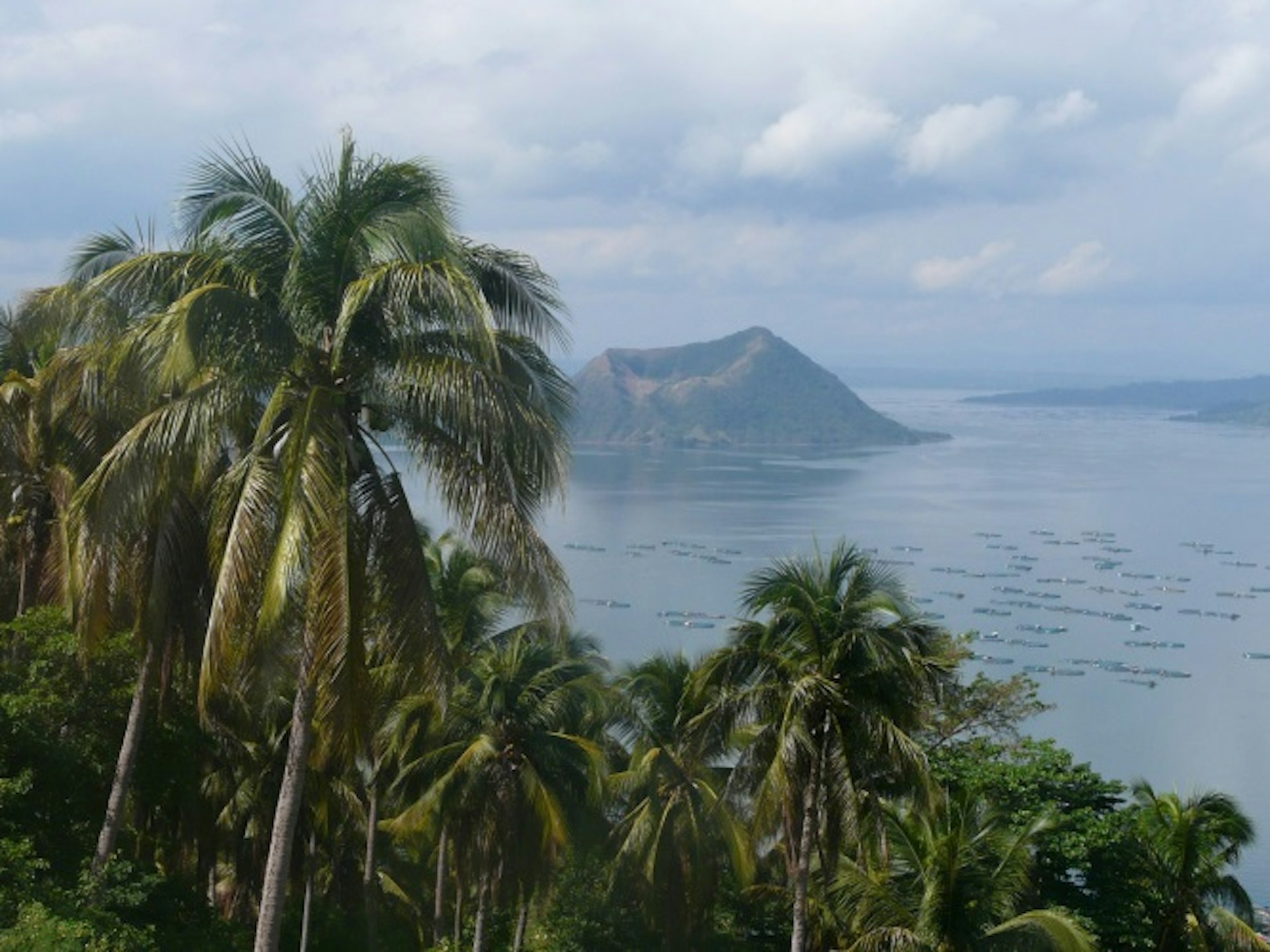
Finally, Manila is a good base for a number of day and overnight trips in the region. Most popular are trips to several volcanoes, including Mt Pinatubo with its moonscapes and scenic crater lake; Taal Volcano at pretty foodie town Tagaytay; or Mt Banahaw, where cult groups have set up camp along its base. For non-volcanic city breaks, travel to the heritage town Taal for fine colonial architecture, Corregidor Island for WWII history, or Anilao – the most popular diving and snorkelling spot close to Manila.
